Health and safety in science education
23/07/2015Good systems with regular reporting and review of concerns, incidents, and minor injuries will go a long way to reducing the likelihood of a serious accident, writes STANZ president Terry Price.
 Is adding sodium to water banned?
Is adding sodium to water banned?
Should all dangerous experiments be banned?
Definitely not, but the hazards need to be actively managed. If the significant risks are not identified and appropriate safety controls used before the experiment begins it should not be done.
I was first introduced to an experiment by a teacher who took the students outside. Everyone crowded around a puddle and the sodium was thrown in. The sodium went bang, the students jumped as little bits of molten sodium sprayed around their legs. The call went out, “do it again…”
I am often impressed by the British teachers who come into our school and know how to apply health and safety in science effectively. One gave out detentions to students not wearing safety glasses while doing their experiment. The class fell into line quickly continuing to wear safety glasses while at their tables writing in their books.
The Safety and Science Manual for schools reflects the slow evolution of safety in education. Last revised 15 years ago, it is well overdue for an update. The Code of Practice for Exempt Laboratories covers the use of hazardous substances in education, and is a difficult document to decipher. Specific ‘safe methods of use for procedures’ have been overlooked by many schools.
I have heard the comment “I have been teaching for 25 years and nothing bad has ever happened".
Great, but this is not a safety statement. Safety messages should be frequent, efficient to prepare and effective. When in a blink of an eye something goes wrong, the opportunity to record, review and learn should be instinctive.
How to make progress
There must be a general consensus to do better, and a desire to evolve towards a safer science environment.
Remove the “I am too busy” or “I have always done it this way” and make a seamless, constantly-improving safety culture that busy staff can buy in to.
Science can be safe when done properly.
Safety training, and the appropriate attitude surrounding it, needs to be led from the top. It needs to be made easy and workable.
Involve all science staff, and identify some of the more safety-conscious members of the department to drive a safety culture.
Most science departments are in their infancy when applying health and safety requirements. There is a collective resignation that this is too hard. So in schools, the requirements are seen as a low priority, but WorkSafeNZ doesn’t see it that way.
Start by assessing what safety systems are working, and what is needed to allow them to grow. Have good systems that are easy and can make a difference.
Always focus on learning from any minor injuries so the serious ones can be prevented. Let’s encourage good data collection to allow evidence based reporting on how our requirements are working. This will direct the precious time and effort and limited budgets to where they are most needed.
What’s coming:
Australia has a system that requires all equipment entering the classroom to be risk assessed. All potential hazards must be identified and signed off by the teacher in charge before the task begins. There is specialist software to help the Australian schools comply with this requirement. This has not come to New Zealand yet.
However, we do have Specific Safe Methods of Use for Procedures. It requires a written procedure identifying the significant hazards, safety controls, emergency procedures and disposal of category “A” hazardous chemicals used in the classroom. It must be signed off by the teacher in charge doing the experiment. Category "A" chemicals include concentrated acid and ammonia, sodium, bromine and chlorine water.
The new health and safety legislation will make principals and boards more accountable. Good systems with regular reporting and review of concerns, incident, and minor injuries will go a long way to reducing the likelihood of a serious accident and a visit by WorkSafeNZ.
- Terry Price is STANZ president and the lab manager at St Cuthbert’s College in Auckland.


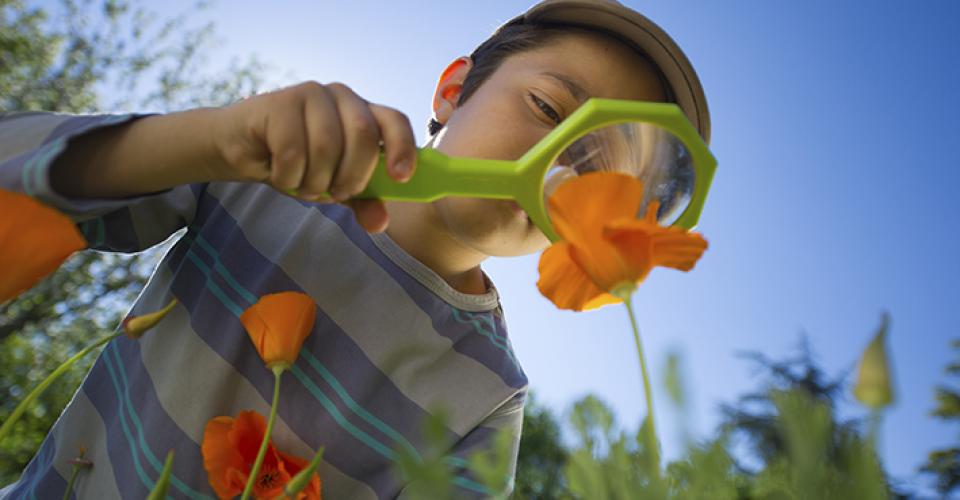
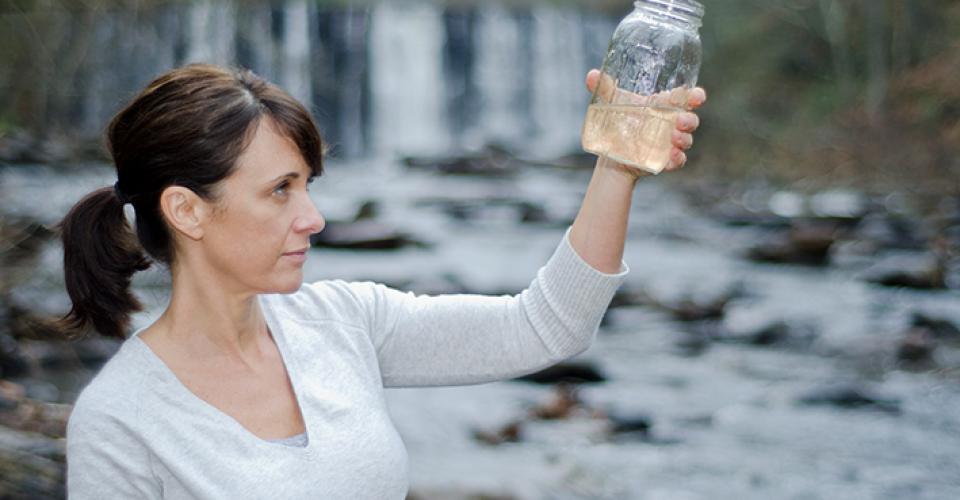


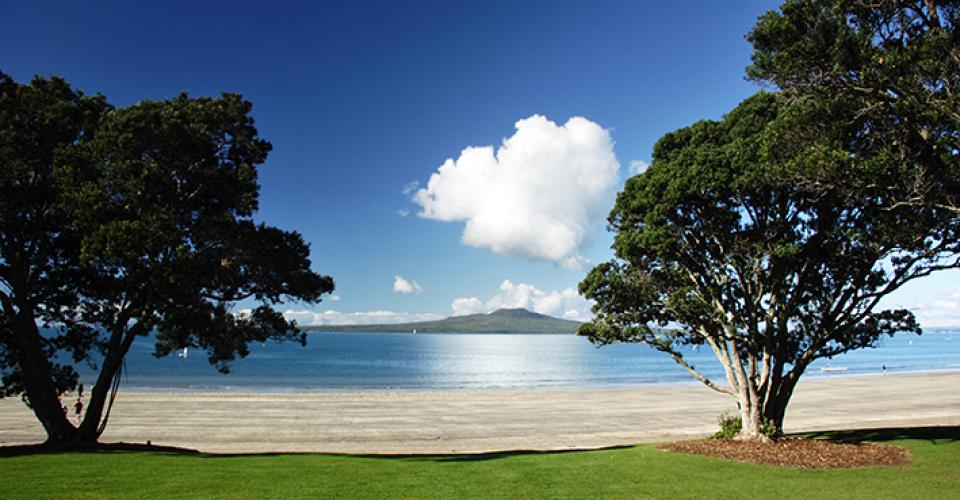

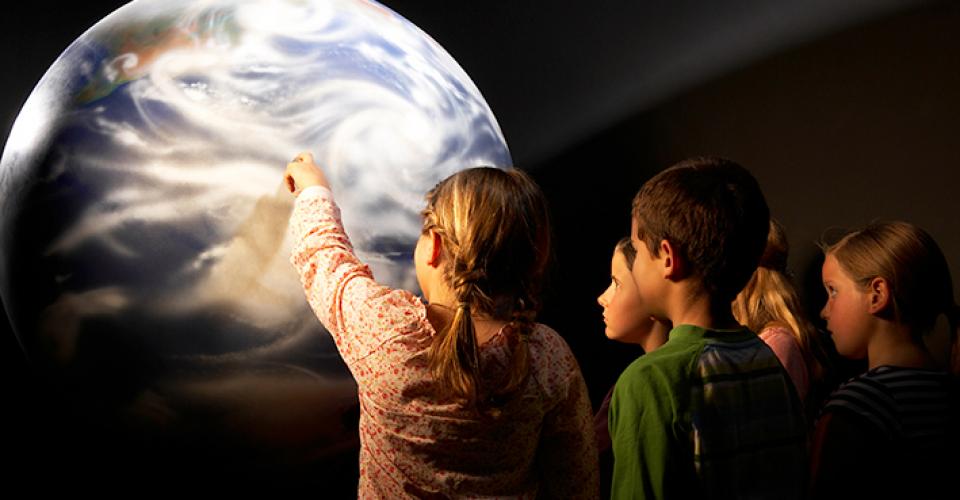

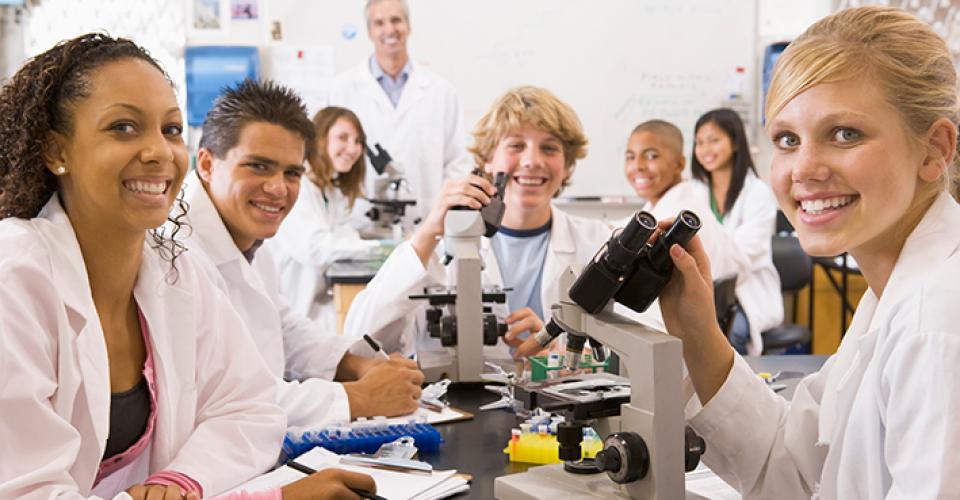
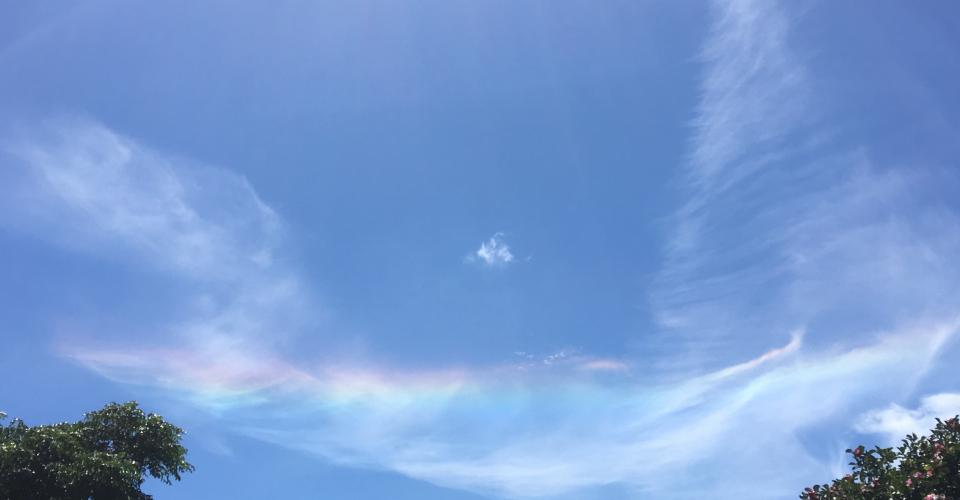








 NZASE peer reviewed
NZASE peer reviewed

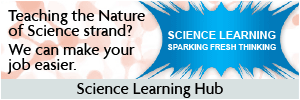


Post your comment
Comments
No one has commented on this page yet.
RSS feed for comments on this page | RSS feed for all comments